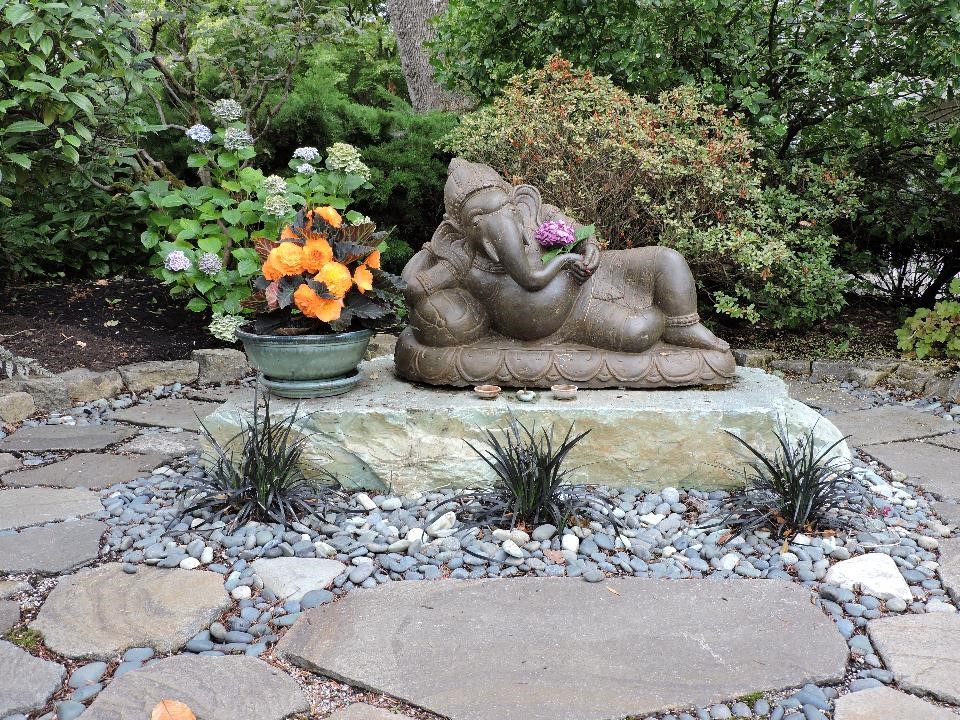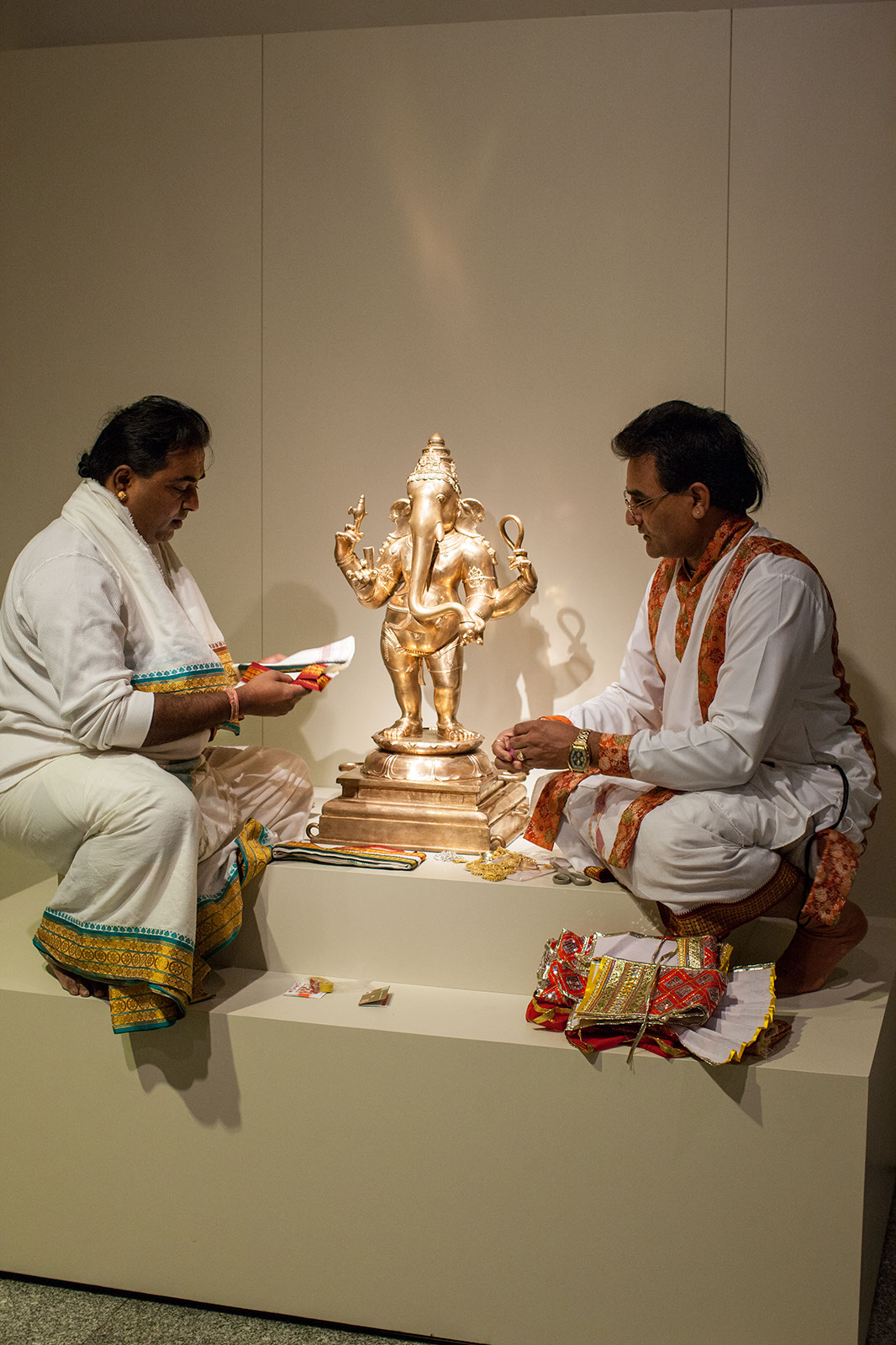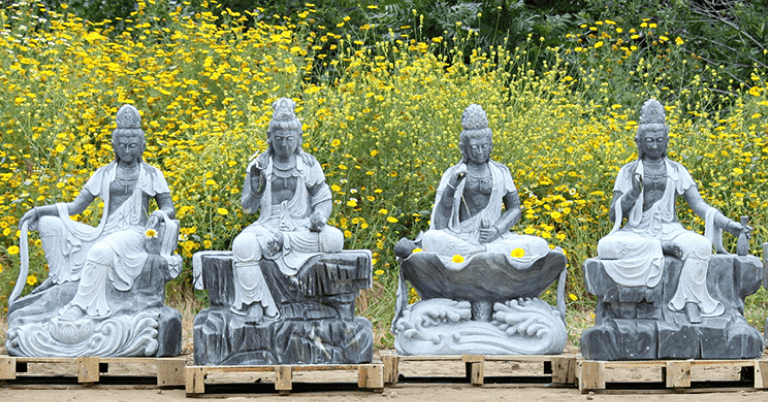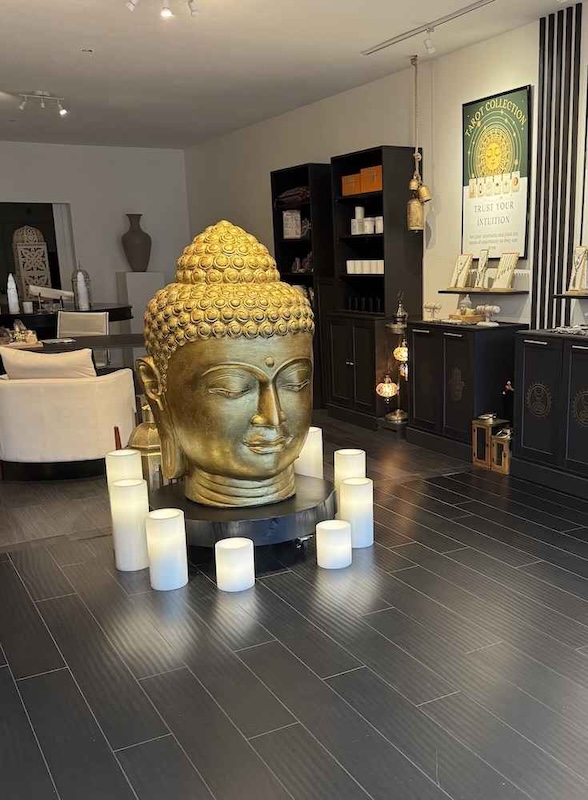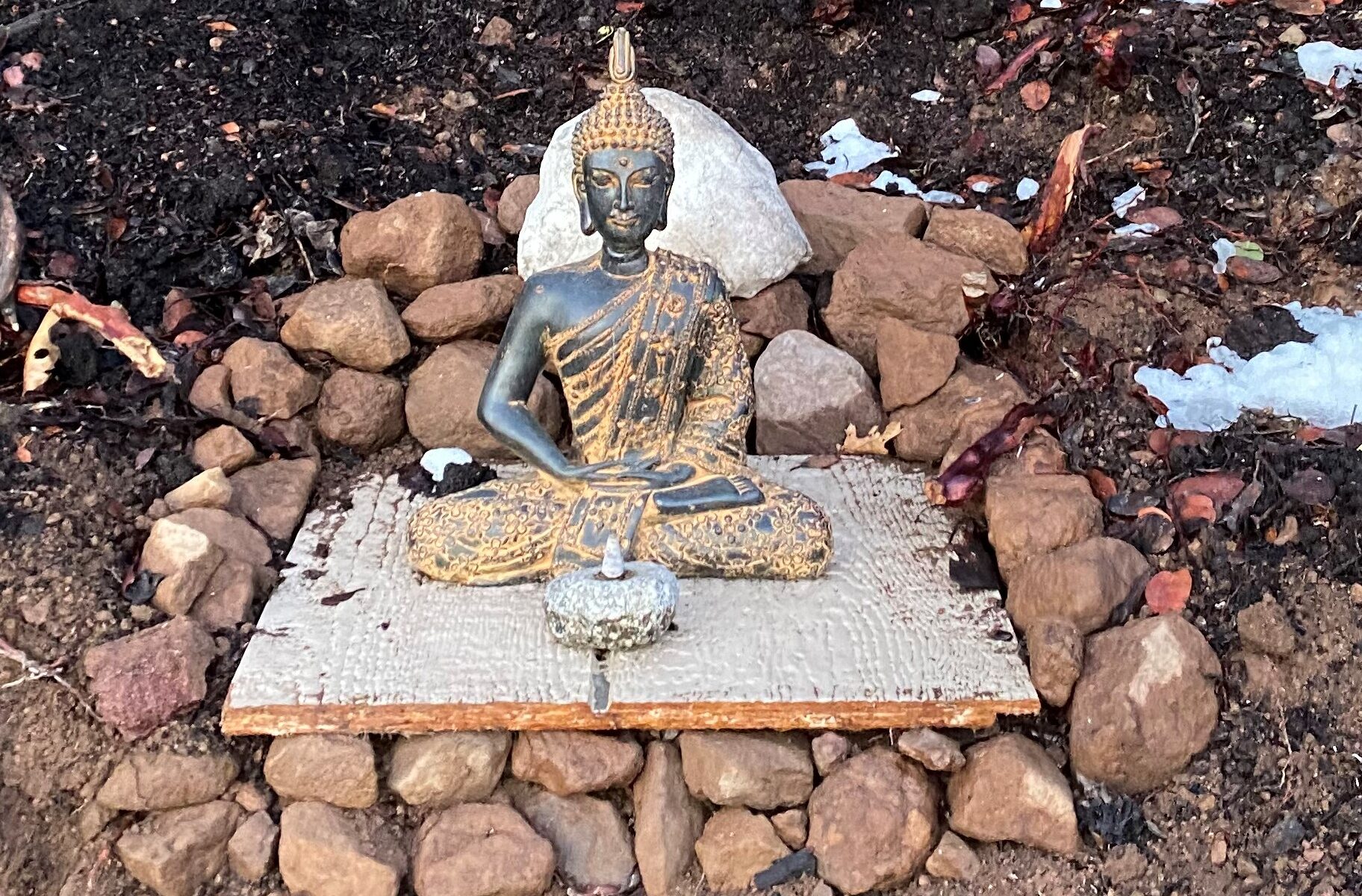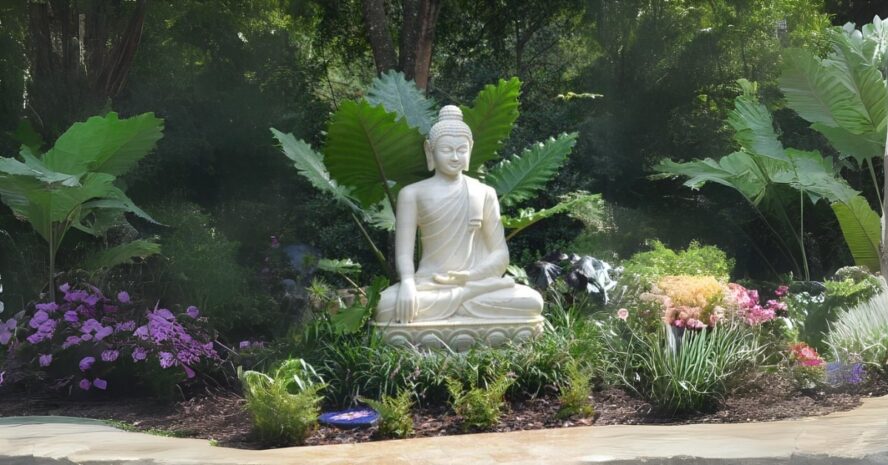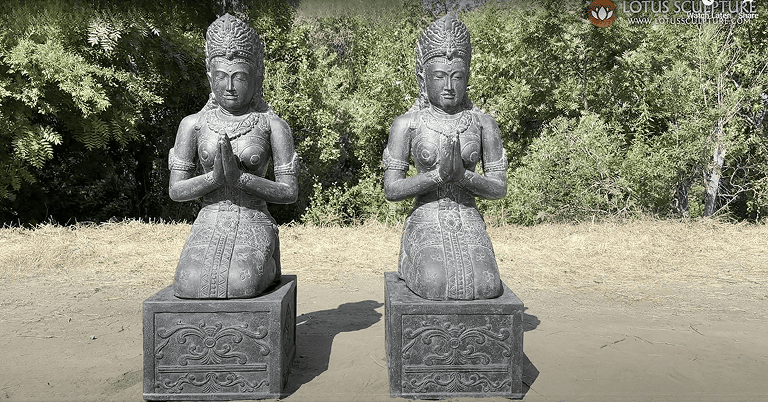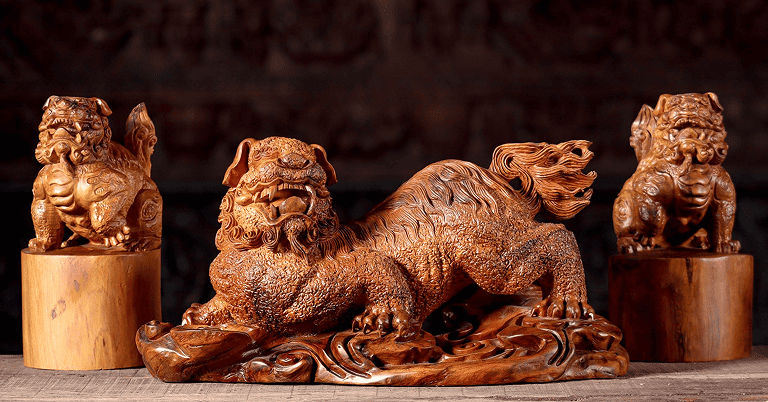Thinking of placing a Ganesh statue in your home or garden, but not sure which one is right for your space?
So, you’re not alone. Many people are drawn to the calm, grounding presence of the Hindu god Ganesh — whether it’s for spiritual reasons, decorative value, or simply to create a peaceful atmosphere. But with so many options out there — from stone and marble to wood and metal, seated or dancing forms, large or small — it can be hard to know where to start.
Should it go in your entranceway, on your altar, or maybe under a tree in your backyard? And does material or stance really count?
In this blog, we will guide you through what to remember while selecting a Ganesh statue, whether it is for your living room, meditation area, or for the outdoors. Simple, intentional decisions can make all the difference — and we are here to assist you in making the correct one.

Begin with the Location: Home, Garden, or Altar?
Before taking the Ganesh statue, you can take a moment to think where it will be placed. This decision shapes everything else – size, material, posture, even the level of extension you want. Different spaces have different meanings, and your choice should reflect the energy you expect to invite the place.
For your home decor:
Placing Ganesh in your living space, perhaps on the front door or large flat area, is one of the top popular choices. Seated Ganesh with one hand held out in blessing (Abhaya mudra) is perfect here — representing protection, peace, and clearing of obstacles. This form instills a peaceful, welcoming environment for all visitors to your home.
Don’t put the statue on the floor. Rather, set it to a streamlined, raised place – a small platform, shelf or niche that looks deliberate and respectful. Most people like to keep it close to the front door because it is said to safeguard the house and bless the new beginning.

For a personal altar or prayer space:
If the statue is to be your puja room or spiritual niche dweller, symbolism comes more important. Seek out a serene, focused look and cross-legged or meditation pose. Such a Ganesh statue for altars will encourage reflection, prayer, and spiritual grounding.
It is also good to scale the size of the idol in the room – very large overwhelmed, while out of very small space. Keep the area around the idol clean, clutter-free, and calm.
For gardens and outdoor spaces:
In an outside environment such as a garden, patio, or near a water source, Ganesh statue becomes integrated into the landscape — and both visually, and spiritually. Ganesh garden statues, particularly if they are carved from stone or weatherproof material, are suited for such environments.
Placing a big stone ganesh garden statue under a tree, surrounded by flower plants, or near the garden entrance will bring peace and grounding vibrations. Just put it on a solid base, not kept closed in, and not even on the earth. If you have to protect and lift it, put it on a stone platform or wooden one.

Picking the Right Pose: What Ganesh’s Posture Says
All statues of Ganesh are not created equal — and we’re not even discussing size or substance. The stance or “mudra” of Ganesh is important. Selecting the proper pose can balance the energy of the statue with the intention or mood you wish to have in your space.
Seated Ganesh (Lalitasana or Padmasana)
This is one of the most ancient and most popular representations of Lord Ganesh. Cross-legged, with one leg folded and the other bent down resting, it radiates peacefulness, earthiness, and inner concentration. Seated Ganesh is also often placed in home altars, meditation rooms, or study rooms — wherever you’d like to establish peace and centeredness.

Dancing Ganesh (Nritya Ganapati)
This image of Ganesh captures the energy of movement and playful nature of god. Frequently illustrated in mid-step dance, it signifies creativity, vigor, and zest for life. Dancing Ganesh is particularly strong in areas where you would desire to introduce inspiration, celebration, or artistic energy. A Ganesh garden statue in this guise can provide a light but sanctified ambiance to your garden.
Standing Ganesh
Less traditional but highly symbolic, standing Ganesh statues are symbols of strength, preparedness, and protection. They’re wonderful by doors or spaces of transition in your home – symbolising that Ganesh is seeing over your area and keeping difficulties away.
Reclining Ganesh
A unique and more relaxed form, reclining Ganesh statues represent ease, prosperity, and comfort. It’s a wonderful statue for calm, secluded areas in your home where you’d love to add abundance and relaxation.

Final Thoughts
Now, when you are familiar with different types of Ganesh idols, whether it is chunks of carved wood, wide marble Ganesh sculptures or large stone sculptures – so choosing the right becomes a personal decision. This is not just about what looks good, but what looks right in your space.
Simple wooden Ganesh statues can provide a warm ambience to your altar, whereas colored marble ganesh statues can provide a peaceful aura to your drawing room. A large ganesh statue for zen garden can provide a peaceful and grounding energy. Whatever it is, make it convey your intent and the energy you would like to bring into your home.
It’s truly not about how big or how much the statue costs — it’s about your relationship with it. Trust your heart and your surroundings.

